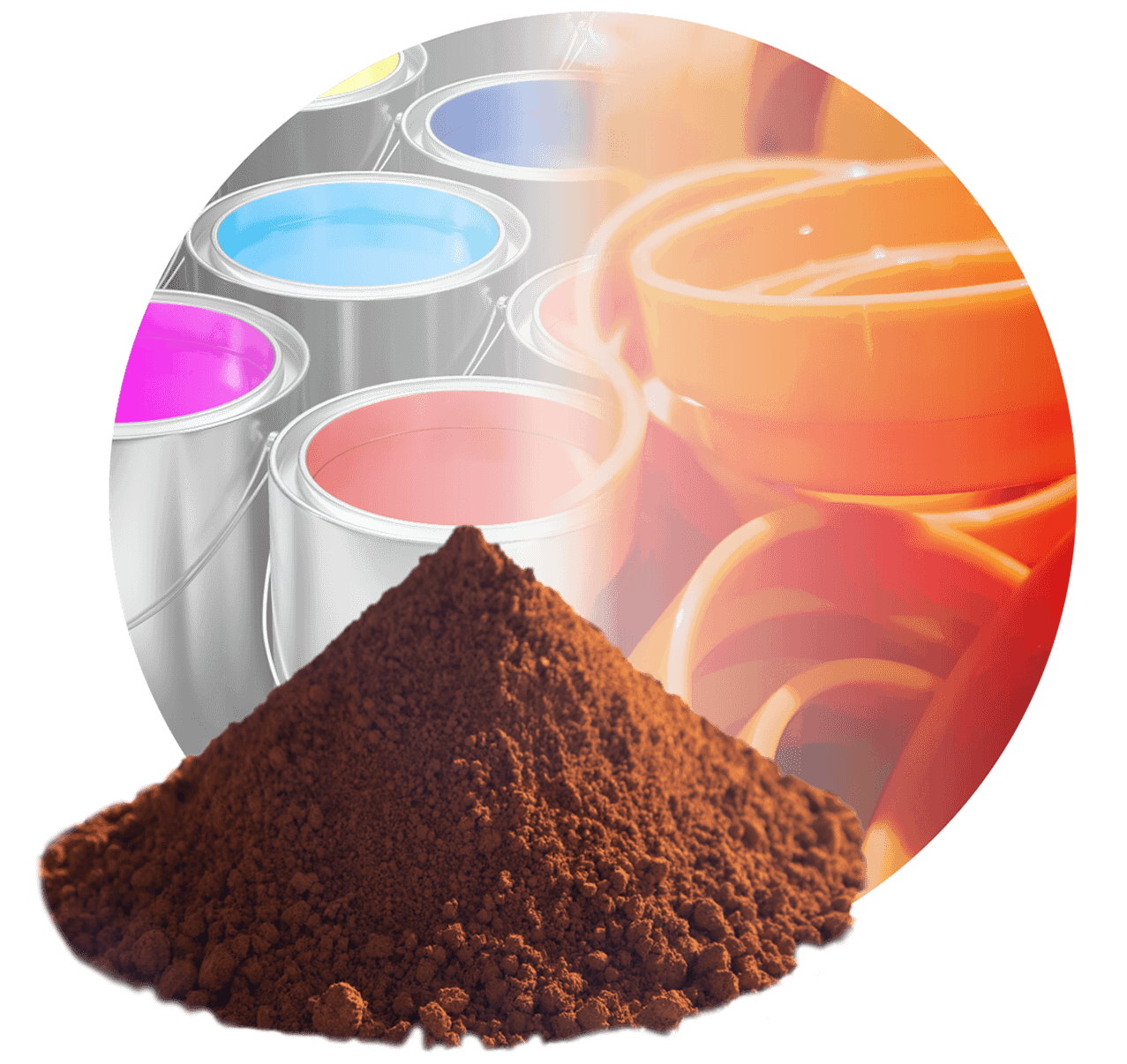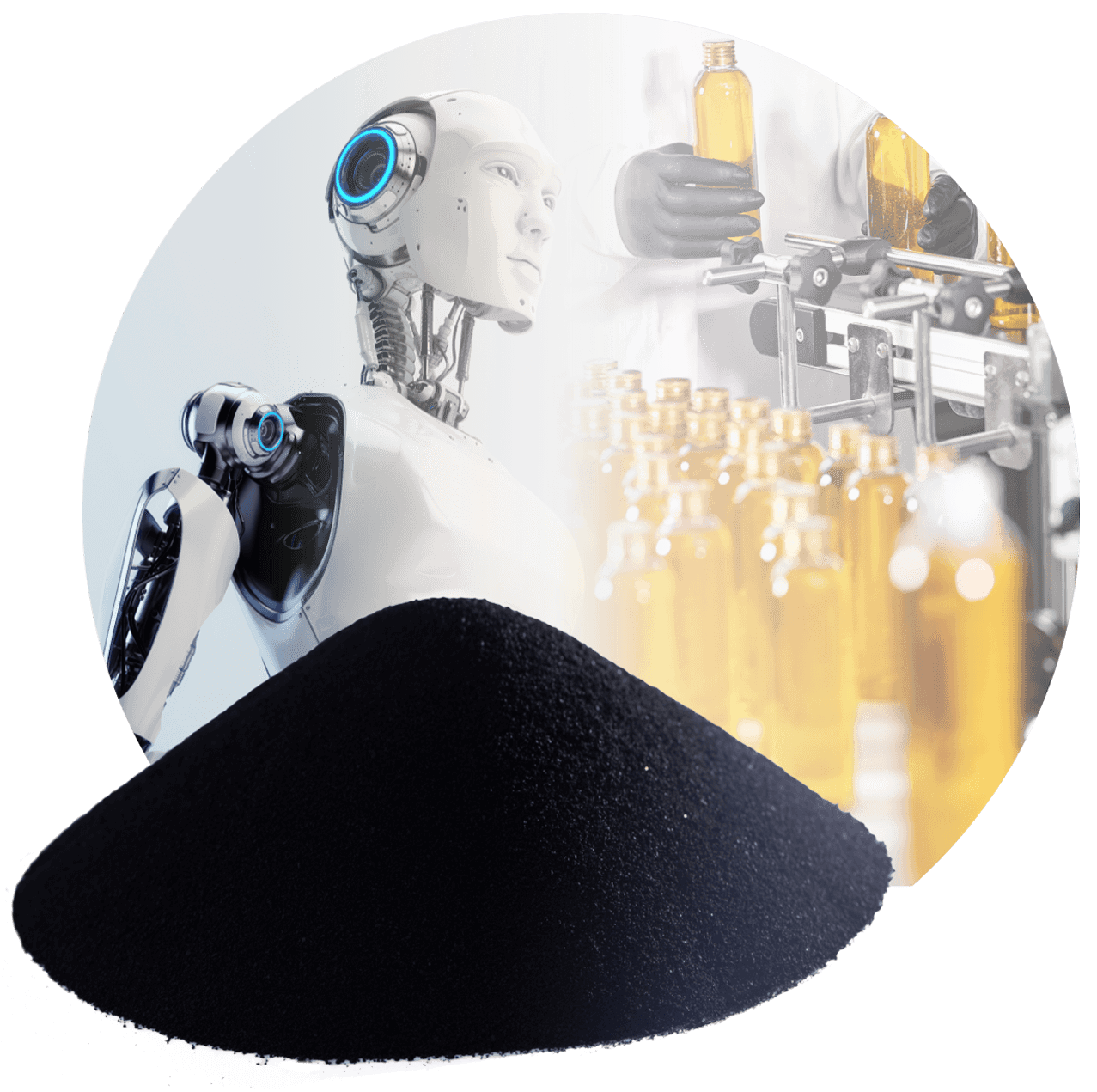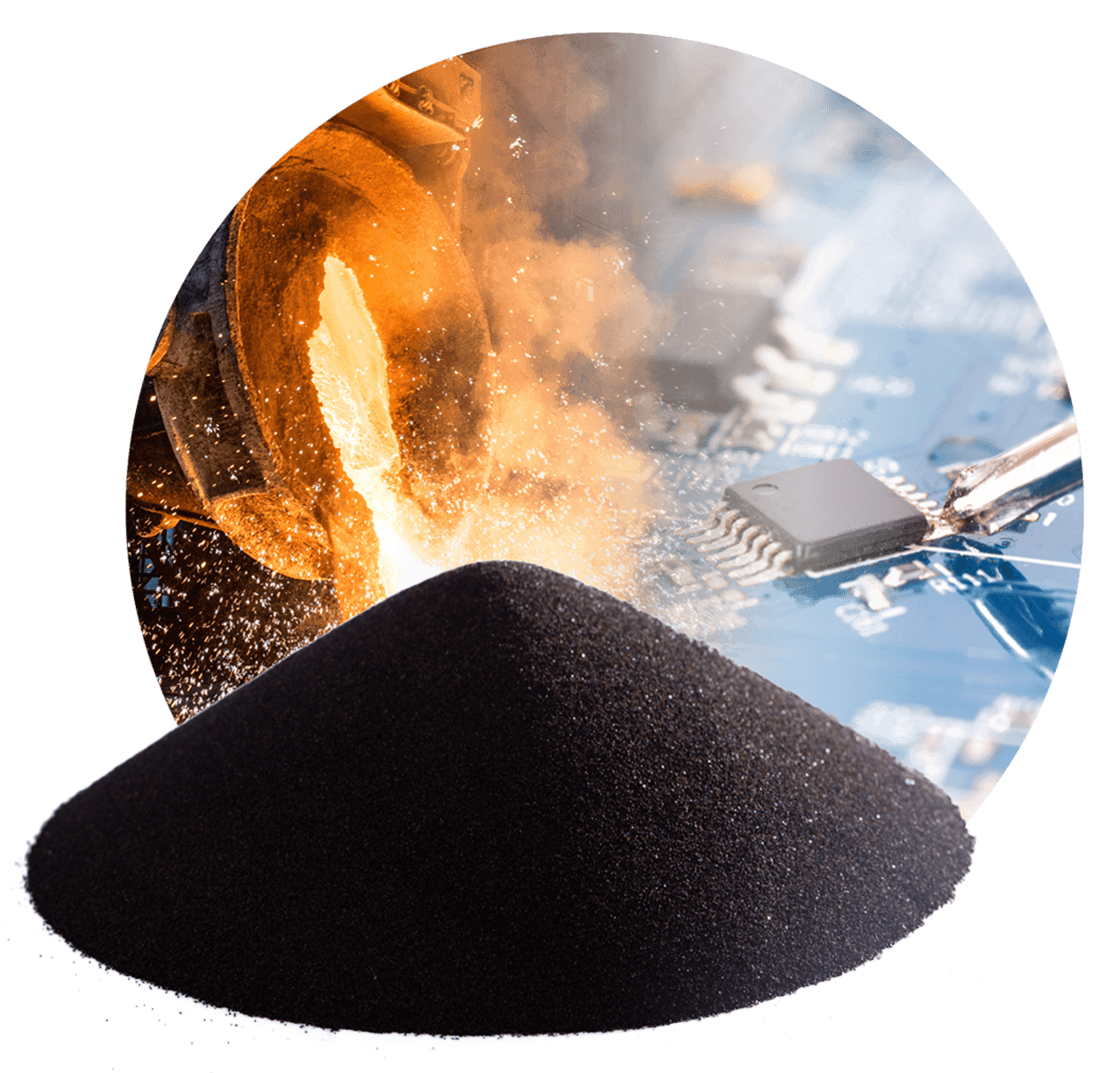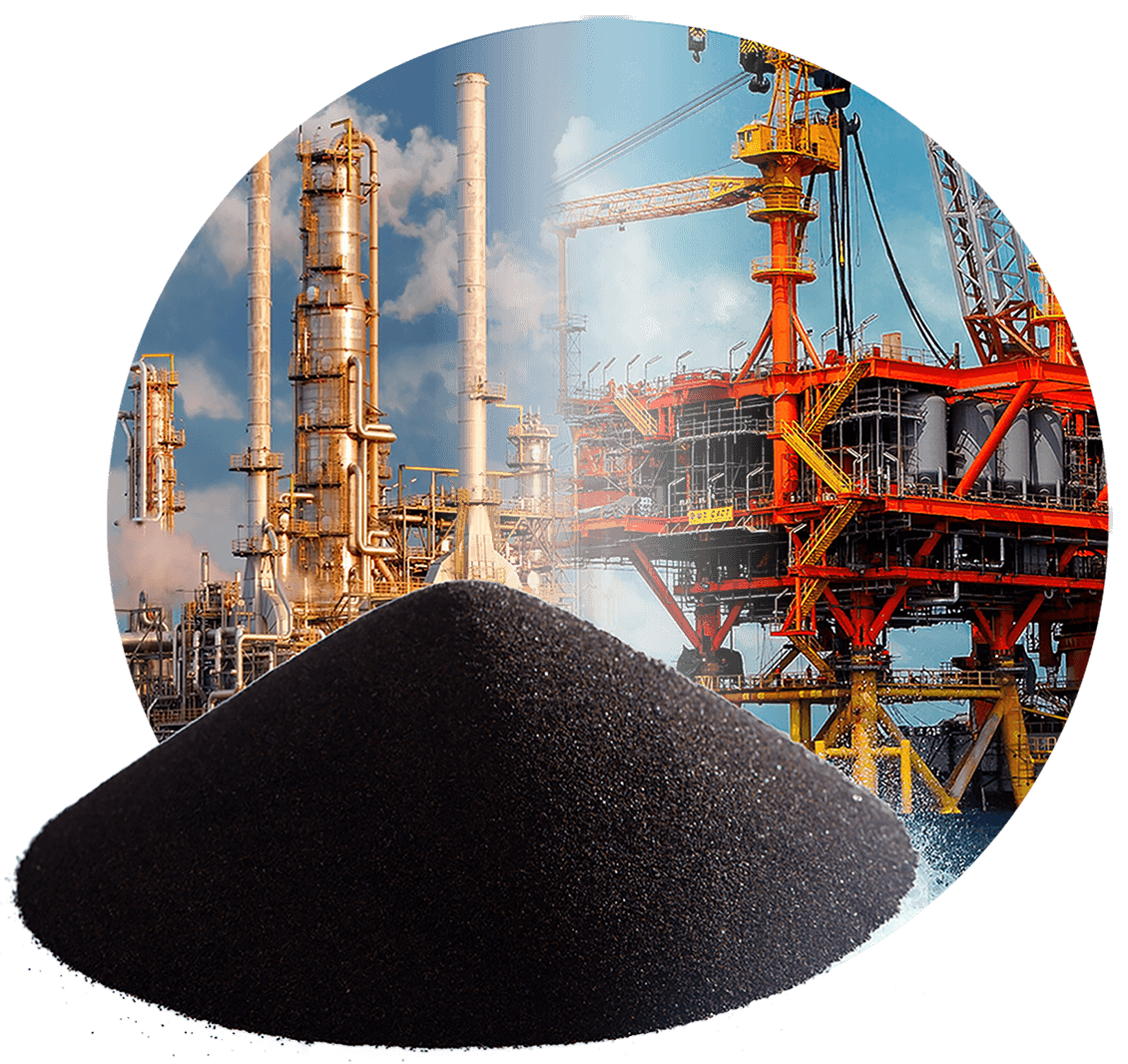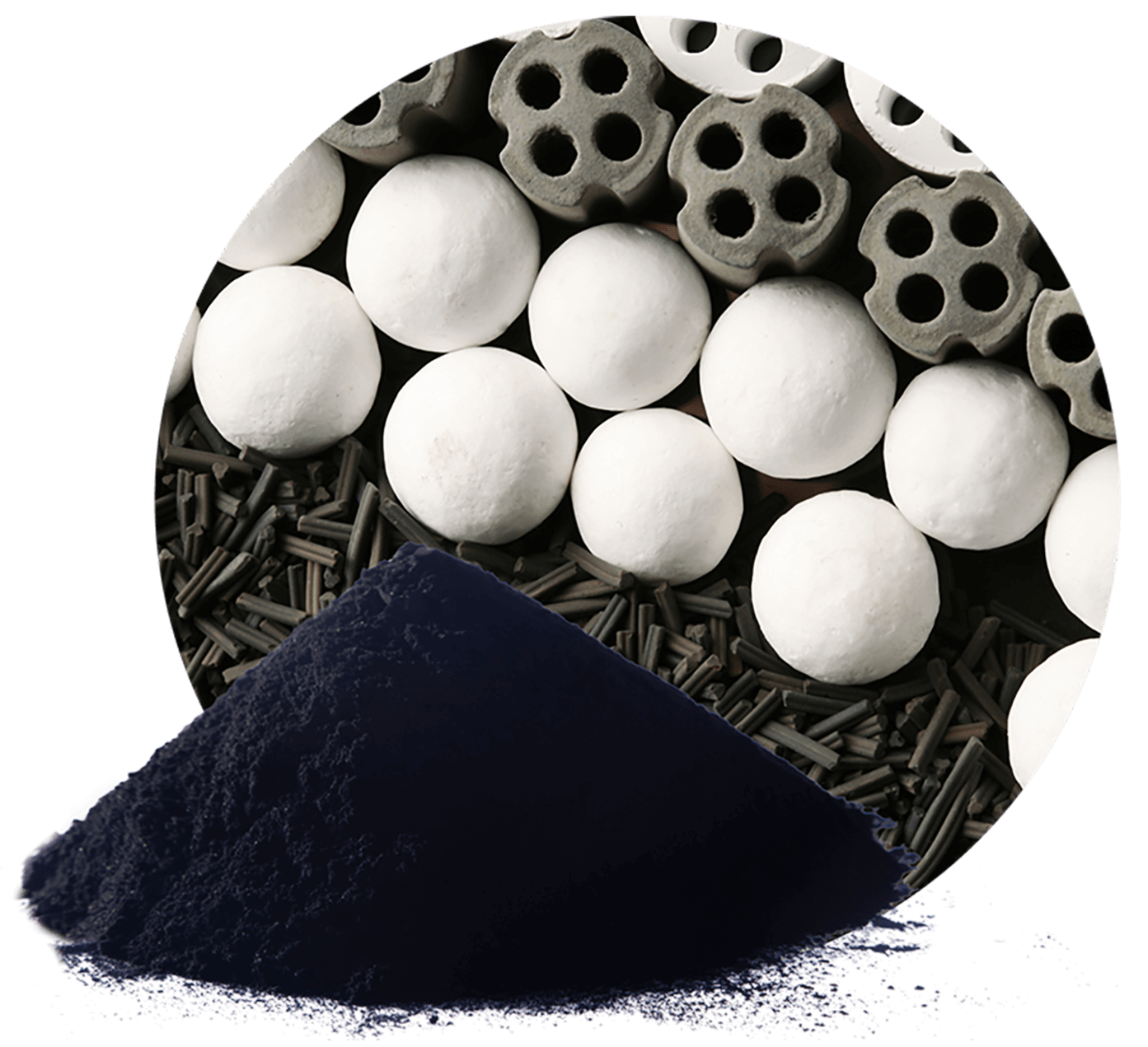Iron oxide red
The main component of iron oxide red is iron(III) oxide. In the presence of impurity carbon, iron metal will react with moisture and oxygen in the environment and rust, producing iron(III) oxide, which is also known as iron oxide red. There are two types of iron oxide red preparation methods: wet and dry. The wet process produces fine crystals with soft particles, which are easy to grind and can be used as pigments. The dry process produces large crystals with hard particles, which are suitable for making magnetic materials, polishing materials, and grinding materials.
Details

